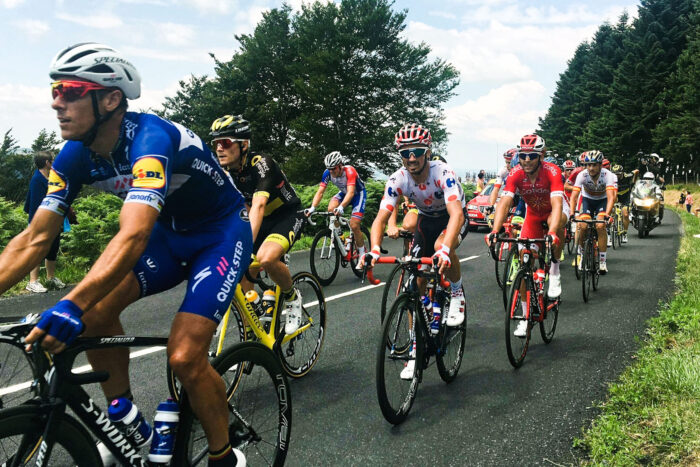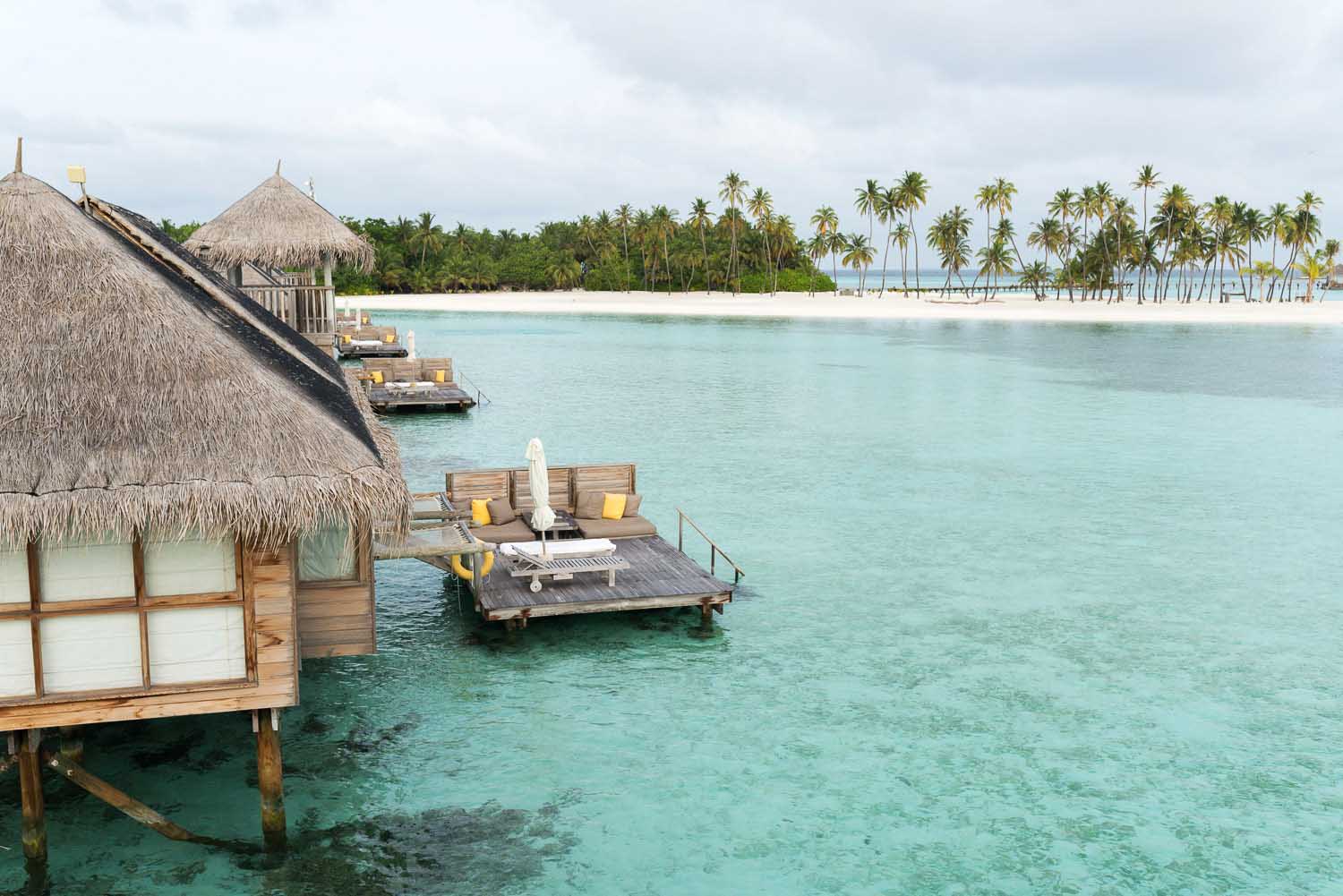The Tour de France. Just hearing the name brings to mind images of fierce competition, scenic landscapes, and an electric atmosphere that defines one of the most prestigious cycling races in the world. Since 1903, this sporting event has captured the hearts of cycling enthusiasts across the globe. Beyond its rich history, the Tour de France is full of fascinating details, unexpected challenges, and records that stretch the limits of human endurance. Ready to learn something new? Here are ten amazing facts about the Tour de France that might just blow your mind.
1. The Origins Were a Marketing Stunt
Let’s travel back to 1903. A struggling French newspaper called L’Auto came up with a wild idea to boost its readership: organize a grueling multi-day bicycle race. What started as a publicity stunt for a paper quickly evolved into the largest and most celebrated annual sporting event in the world. Incredibly, the first race covered over 2,400 kilometers (about 1,500 miles), and only 21 out of 60 riders finished. This initial success transformed the race into a legacy, and L’Auto became L’Équipe, a name still famous in sports journalism today.
2. The Sheer Length of the Race
The Tour de France spans roughly 3,500 kilometers (2,200 miles) over 21 stages. Riders experience mountains, flat terrains, and challenging weather conditions. And while the locations in France are very attractive, the race is often held in neighbouring countries too. To put this into perspective, that’s like riding from New York City to Los Angeles, then riding another 300 miles just for fun! The race typically lasts for 23 days, with only two rest days. With each stage averaging around 100 miles, riders expend around 5,000-7,000 calories per day, requiring high-calorie diets to sustain their energy.
Do you know how to watch the Tour de France? In addition to knowing where I can watch the Tour de France, you should not forget about regional restrictions. Well, the Tour de France stream may not be available in some countries. To access Tour de France worldwide, you need a VPN. VPN technologies allow you to fake your location using remote servers and gain freedom on the Internet from regional shackles.
3. The First Non-European Winner
For many years, the race was dominated by European cyclists. But in 1986, American cyclist Greg LeMond broke through this trend, becoming the first non-European to win the Tour. He repeated this feat in 1989 and 1990, proving that the prestigious title was not reserved only for Europeans. LeMond’s victory inspired countless international riders, making the Tour a truly global event.
4. The Iconic Yellow Jersey
The coveted maillot jaune, or yellow jersey, is worn by the race leader. But why yellow? It’s all thanks to L’Auto, the newspaper that launched the Tour. The paper was printed on yellow paper, and the jersey color was chosen to match. The first yellow jersey was introduced in 1919, halfway through the Tour’s history, and it remains a powerful symbol of excellence and resilience in the cycling world. It’s not just a piece of clothing—it’s an honor.
5. Extreme Elevations and Descents
Riders in the Tour de France encounter elevations reaching up to 2,770 meters (over 9,000 feet), particularly in the Alpine and Pyrenean stages. The Col du Galibier and the Col de la Bonette are among the highest points on the route. The ascents are brutal, demanding incredible strength, but the descents are where things get thrilling. Cyclists can hit speeds over 85 km/h (53 mph) on these downhill stretches, a true test of skill and nerves.
6. Amazing Speeds
In 2022, Danish rider Jonas Vingegaard won the Tour, averaging an astonishing 42.03 km/h (26.1 mph) throughout the entire race. This is an incredible feat, especially considering the range of challenging terrains riders must navigate. In fact, today’s competitors are nearly twice as fast as those in the early races. How’s that for progress?
7. A Major Boost for the French Economy
Hosting the Tour de France is no small feat, but it’s well worth it. Every year, the Tour injects about €100 million into the French economy. From accommodations to local businesses and tourism, the race brings immense financial benefits. Moreover, each year it attracts over 12 million roadside spectators from around the world, turning small French villages into bustling hubs of excitement and energy.
8. The Caravan: A Parade of Fun
Before the cyclists arrive at any given stage, fans are treated to the Caravane Publicitaire—a colorful parade of vehicles and sponsors tossing out promotional items to the crowds. This tradition, which began in 1930, is an entertaining spectacle in its own right. Today, the caravan spans nearly 20 kilometers and includes over 170 vehicles. For many spectators, the caravan is as much a part of the Tour experience as the race itself.
9. Brutal Weather Conditions
The Tour de France isn’t just about physical endurance; riders face extreme weather, from searing heat to pouring rain. During the 2019 Tour, temperatures reached over 40°C (104°F), which led to stage delays and changes for rider safety. In the past, riders have even been caught in sudden snowstorms while crossing high-altitude passes. It’s a reminder that in the Tour, you’re not only competing against other riders—you’re battling the elements, too.
10. A Zero Waste Initiative
Despite its tradition, the Tour de France is moving toward a more sustainable future. In recent years, the organizers have introduced a zero-waste initiative, encouraging fans to properly dispose of waste, and providing recycling stations along the route. Cyclists are also required to use designated “litter zones” to discard waste. The goal? To make the Tour a cleaner, greener event that preserves the beautiful landscapes of France for generations to come.
Conclusion
The Tour de France is more than just a race—it’s a test of human spirit, a celebration of tradition, and a display of incredible skill and resilience. With each year, new records are set, fresh stories emerge, and more fans join the celebration. Whether you’re a lifelong fan or a casual observer, there’s always something new to learn and admire about this epic race. So next time you watch the peloton zoom by, remember the rich history, challenges, and triumphs that make the Tour de France an unforgettable spectacle.










